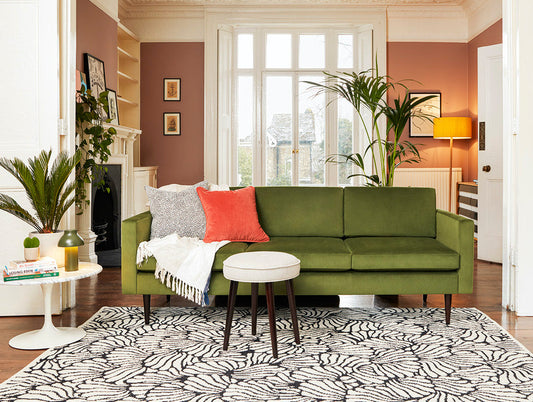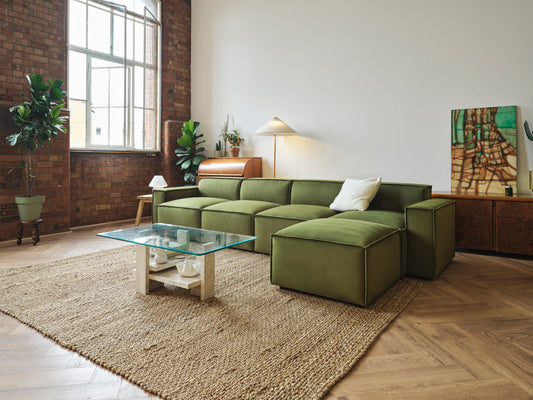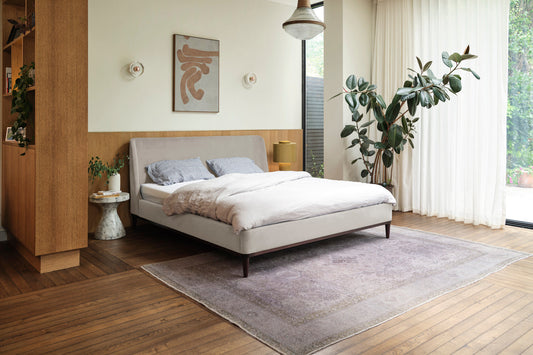The dos and don’ts of dining benches

More and more, we’re seeing people swap out some of their dining chairs for dining benches. They maximise your space. They minimise clutter. And of course, they look fantastic. If you’re thinking about adding a dining bench to your table, here are 5 dos and 3 don’ts to help you pick the right one.
5 Dos of Dining Benches
#1: Do match shapes
To make the most of your space, pair a rectangular dining bench with a rectangular dining table. Or a curved dining bench with a round dining table. If you had a round dining table with a straight dining bench, it could create some awkward angles that make it difficult to reach the table or sit comfortably.

#2: Do mix chairs
There’s no rule to say you have to commit to dining benches OR dining chairs. You can have both. And actually, it’s a good idea if you do. Firstly, you get the option to choose between seating types. Secondly, you can play with different shapes and fabrics to create a more interesting space in your home. And lastly, it helps you to optimise space in smaller dining areas.
#3: Do give enough elbow room
Each person should have at least 60cm of space at the dining table. Use this equation to calculate how many people you can fit on your dining bench:
[Length of dining bench] ÷ [60cm] = max number of people.
Often, choose dining benches over dining chairs to fit more people on their table—but sometimes this can lead to overcrowding. But with the 60cm rule, you can optimise the space of the dining bench, without cramming everyone in.

#4: Do add padding for comfort
If a dining bench is your main seating option, and you plan on spending a lot of time there, consider an upholstered dining bench for extra comfort. Cushions are also an option, if you prefer the look of a wooden bench, but they do tend to slip off.
#5: Do use your dining bench as storage
Pro tip: Use an ottoman as your dining bench for a seating option and storage solution in one. This is perfect for small kitchens or dining rooms. Fill it with essentials like bibs, food containers, candles, tablecloths or whatever you like! A total game-changer.
3 Don’ts of Dining Benches
#1: Don’t assume one size fits all
With a chair, you have to consider the depth of the seat, the width of the arms and more. With a dining bench—especially a backless dining bench—there aren’t as many dimensions to consider. But that doesn’t mean that every dining bench is going to be suitable for your dining table.
Measure these dimensions before you buy:
- The length in relation to your table
- The height in relation to your table (e.g. can everyone comfortably reach the table while seated?)
- The length and width in relation to your space
#2: Don’t ignore accessibility
If a bench is pushed against a wall, it can be difficult to get in and out, as everyone on the bench has to stand up and move to allow someone to exit (which can become annoying over time). If space is tight, consider a corner bench with two access points, making it easier for people to slide in and out with ease.
#3: Don’t pick a dining bench longer than your table*
*If you’re short on space that is. Ideally, you want your dining bench to be shorter than the length between the legs of your dining table, so you can tuck the bench underneath when you’re finished eating. If your bench is longer than the dining table, it’ll hit against the legs and take up a lot of floor space.
→ Feeling inspired? Shop the upholstered dining bench from Swyft.
Diesen Artikel teilen
Tags
- Dining Room
- Style guide





